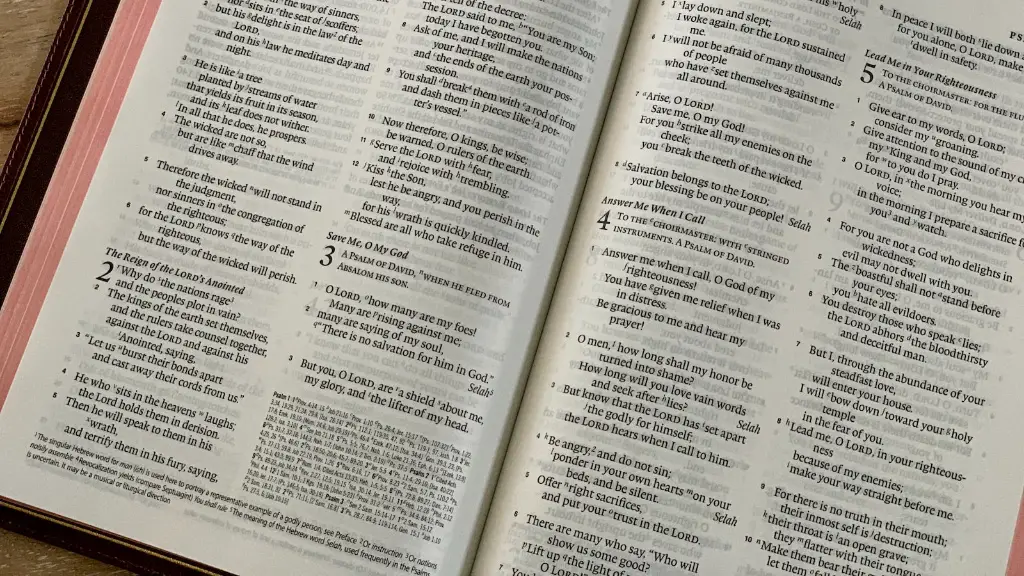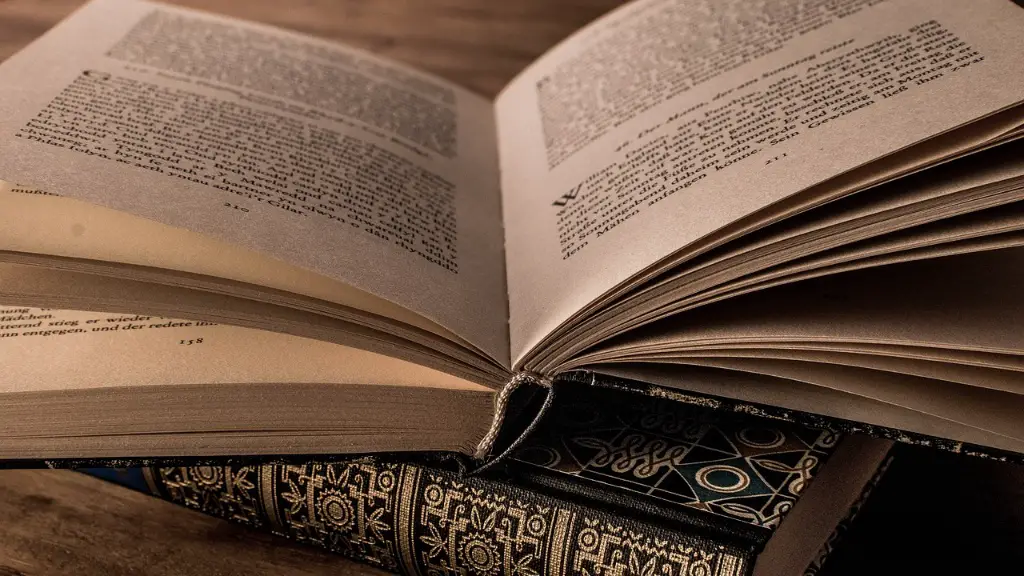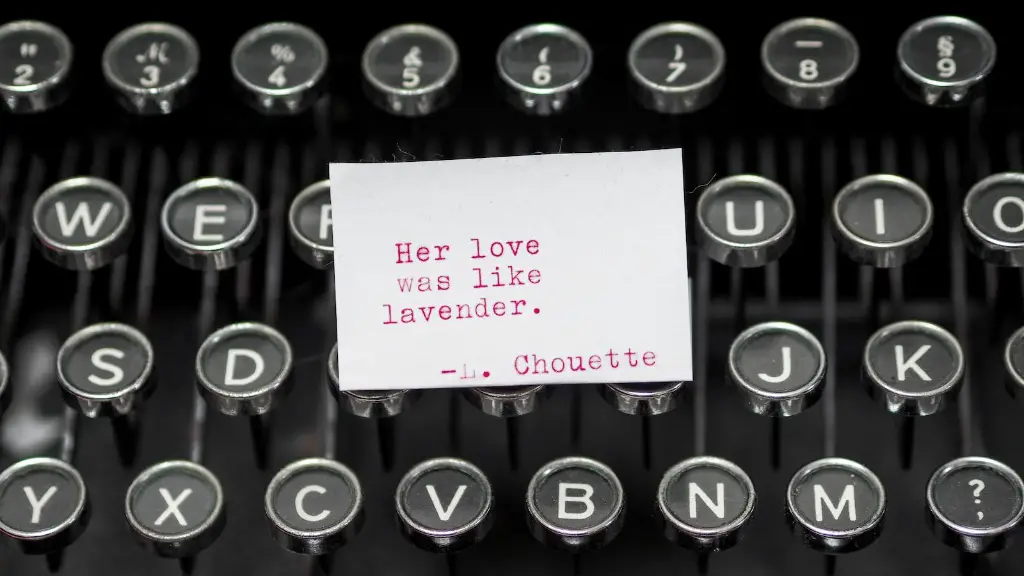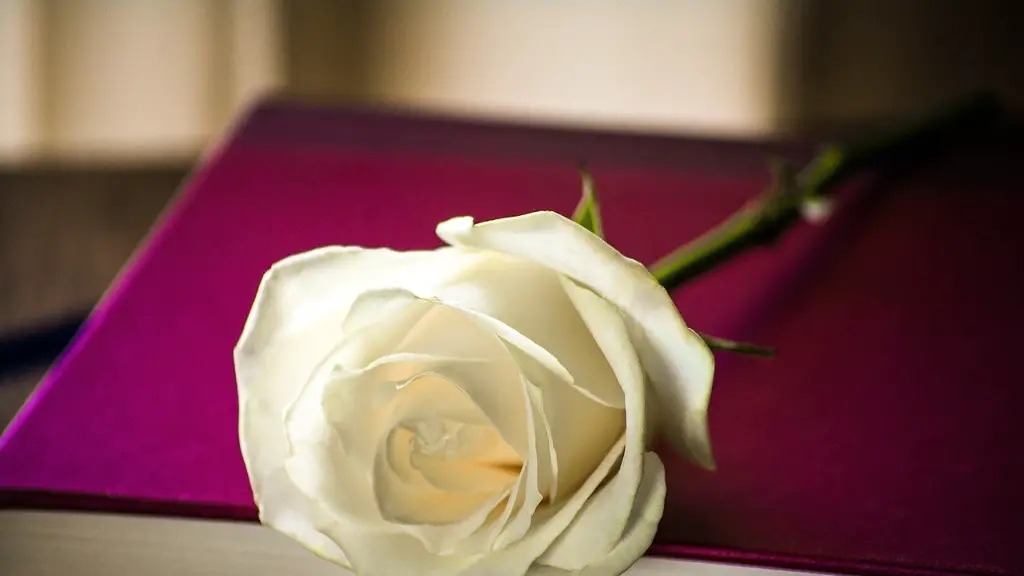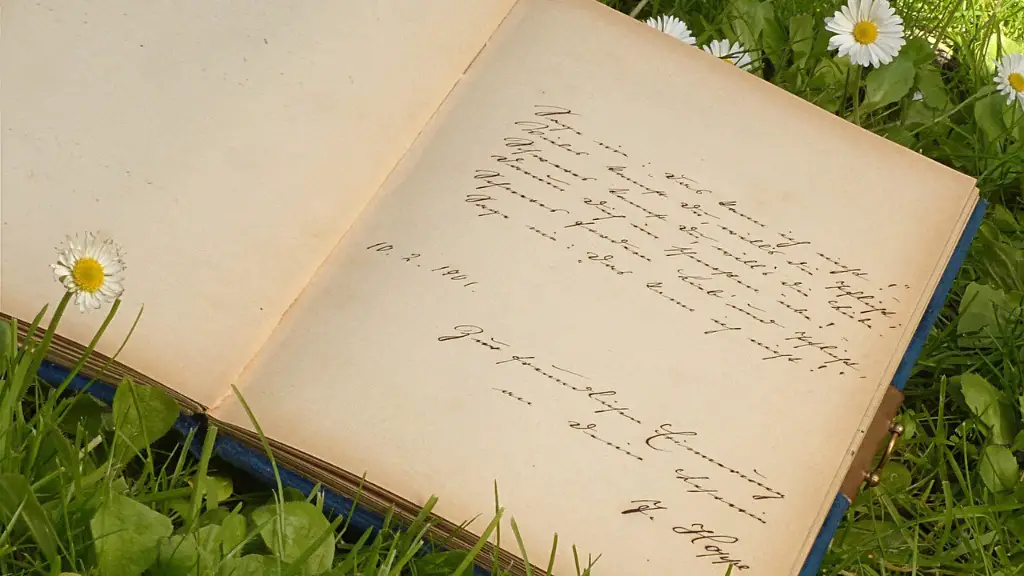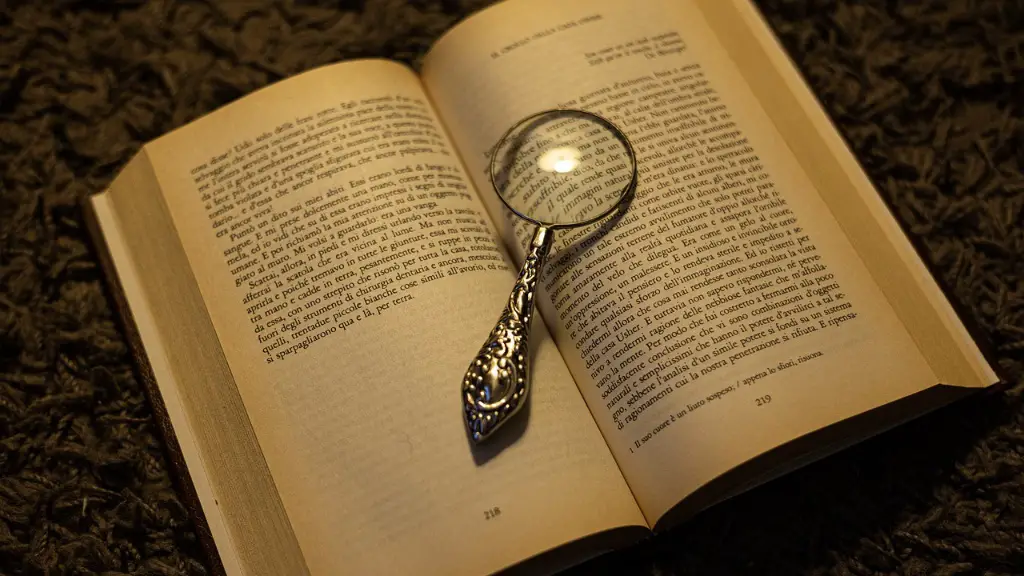Family Poetry
Poetry has been around for centuries, but it has a special place in the hearts and minds of children. It engages the mind, makes them think and express themselves, and gives them an understanding of language and emotions. It goes beyond just rhyming couplets, children’s poetry can come in many interesting and exciting forms.This article will explore some of the key features of a child’s anthology of poetry and how to include it in family teaching and development.
Parents often use rhymes and songs to soothe and reassure their children. These short bursts of language also have a positive effect on language skill development. In particular, children’s poetry can introduce them to lyrical structure and help them understand emotions in a fun and interactive way. Rhyme has a natural rhythm that children are drawn to, and it helps them to remember and recall complex ideas. It is also a great way to introduce children to the richness of the language and give them the tools to create their own poetry.
Furthermore, poetry can teach children important lessons and values, while giving them room to explore their own creativity. It is often seen as the beginning of a child’s literary journey and it can help them to become well rounded members of society. Poetry can help to teach children about how to express themselves and understand emotion. It can also help to develop critical thinking, and can be used as a form of communication for children who are shy about speaking out loud.
When writing a child’s anthology of poetry, it is important to consider the age range and interests of the child. For example, if a child is younger and less familiar with complex language, simpler rhyme and rhythm is a better option. On the other hand, if a child is older and more familiar with language they may enjoy more complex structures, and reading longer poems.To make the best selection of poems, it is helpful to look for works that use humor, challenge the reader to think critically, or make connections to the modern world. It is also important to consider the subjects and topics that the child is likely to enjoy.
Furthermore, when encouraging a child to explore poetry, parents can use reading aloud as an interactive tool. Showing enthusiasm as they read will make it easier for the child to engage with the piece. It can also help to highlight key words and connect them with activities, further expanding their understanding of the poem. With younger children, parents can opt for ‘read-ins’ which are interactive sessions where parents can go over the poem and the child can think of ways to interpret it.
Creating a child’s anthology of poetry can be a great way to get children interested in language and literature. It is also an excellent way to encourage them to think critically and express their emotions. Poetry can be a fun and interactive way to help children develop as individuals and gain vital skills that are not always taught in school.
Nature Poetry
Nature poetry is a great way to get children to connect to their environment. Exploring the beauty of nature can help open them up to the wonders of the outside world and encourage them to explore the world around them. Through nature poetry, children can also develop a strong sense of stewardship for the environment and learn to appreciate its beauty and fragility.
There are many poets who write about nature and its beauty, from the ancient poets who wrote about the timeless beauty of the night sky to the modern poets who write about the rapidly changing and fragile environment. Introducing children to nature poetry can be a great way to get them to explore the wonders of nature, and think critically about its importance and fragility.
When selecting nature poetry for children it is important to consider the language and structure as well as the themes and metaphors used in the poem. Rhyming couples can be easy to remember and keep children engaged, whilst also teaching them about the changing patterns of the natural world. Alternatively, free verse poetry can be used to explore the emotions associated with the environment.
Nature poetry does not need to be overly complicated, a few simple lines about the beauty of the night sky or about the first signs of spring can introduce children to the power of language. It will also teach them to reflect on their environment in a deeper way and to appreciate how the natural world affects their lives.
Introducing children to nature poetry is an excellent way to encourage them to develop an appreciation for the natural world and to understand how their actions can affect it. It will also help them to think critically about the world around them, and develop a strong sense of stewardship for the environment.
Literary Poetry
Literary poetry is a great way to introduce children to some of the great works of literature. It is also an excellent way to get children to explore language and develop critical reading skills. It is important to choose poems that will engage children and give them an insight into the world of literature.
There are a number of different types of literature poetry, from classic works by Shakespeare and Keats to more modern works by T.S Eliot and Emily Dickinson. It is important to select poems that will challenge children to think and that will give them insight into the various ideas expressed in the work.
In addition to the poem itself, it is important to give children the opportunity to explore the language used in the poem. Exploring the imagery and metaphors used in the poem is a great way to get children to think and to explore the various layers of meaning hidden in the work. This can help them to deepen their understanding of the poem, and be able to better appreciate the beauty and complexity of both the poem and language.
It is also important to look at the poem in its historical and cultural context. Exploring the influences that shaped the poem and its meaning can help children to gain a better insight into the work and its importance. It can also give them a better understanding of the poet and their work.
Literary poetry is a great way to get children to explore the world of literature and to gain an understanding of the language and imagery used in great works. It can also help them to think critically, and to gain an appreciation of the beauty and complexity of literary works.
Popular Poetry
Popular poetry is often seen as frivolous rhymes and songs, but it is actually an important part of children’s education. Popular poetry is designed to be fun and engaging, and it can help children to think critically about the world and develop their language skills.
Popular poetry can help children to gain an understanding of the world through the use of language. It can also be used to explore themes and ideas, and to give children room to express their own opinions and thoughts. Popular poetry often includes rhymes and other language devices, which can help to engage children and entertain them whilst teaching them about the world.
When selecting popular poetry for children it is important to consider the age, interests and language level of the child. It is also important to look for works that challenge the child to think critically, and to explore themes and ideas. Popular poetry can be a great way to introduce children to the joys of language, and to develop their language skills.
Popular poetry is a great way to engage children in language and help them to think critically and develop their own opinions. It is also an excellent way to introduce them to the joys of language, and to explore themes and ideas in an entertaining and interactive way.
Conclusion
A child’s anthology of poetry can be an engaging and fun way to introduce children to language and literature. It can also be used to help them develop their language skills, critical thinking and appreciation of the environment. Exploring different types of poetry can help children to learn about the world around them and to learn to express themselves in new and interesting ways.
